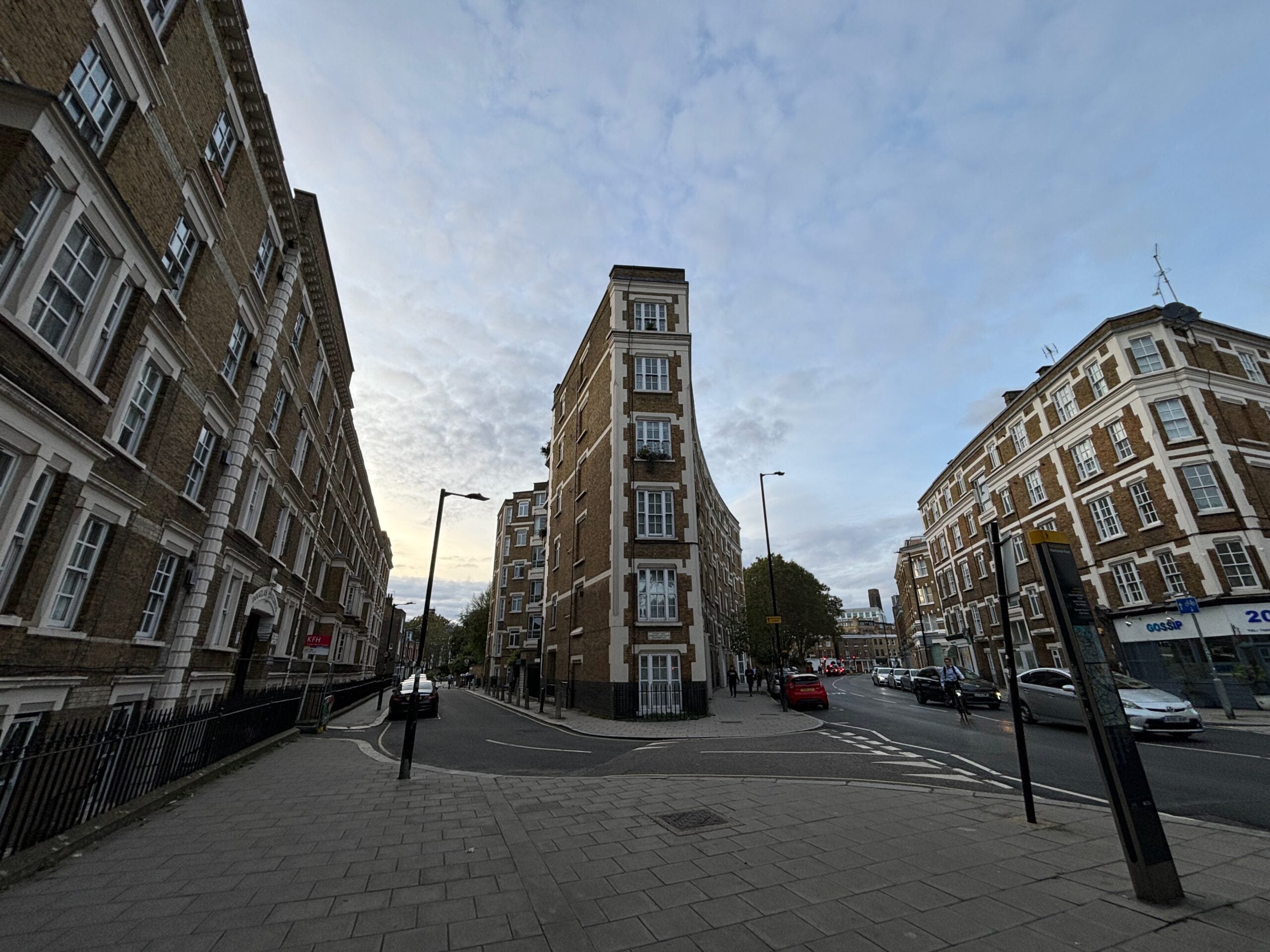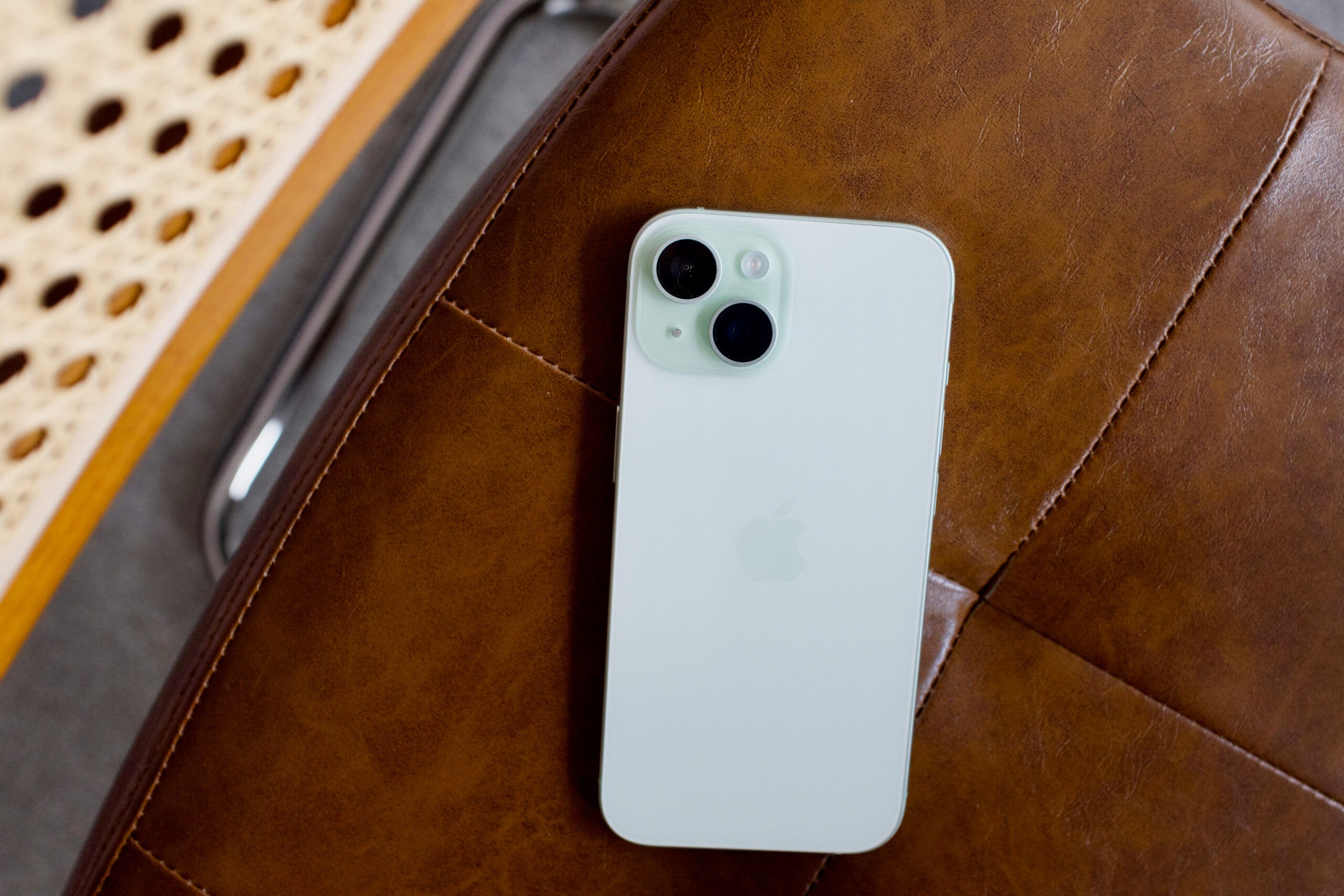Lewis Painter
2024-11-12 12:26:00
www.trustedreviews.com
If you’re currently sporting Apple’s 2023 flagship and debating whether it’s worth upgrading to the latest iPhone 16, then you’ve come to the right place.
We’ve reviewed the iPhone 16 and compared it to the iPhone 15 so you can determine whether or not to upgrade to the latest model.
Keep reading to learn more about the differences between the iPhone 16 and iPhone 15.
If you want to see how the iPhone 16 compares to other Apple handsets then be sure to check out our iPhone 16 vs iPhone 14 and iPhone 16 vs iPhone 13 round-ups.
UK RRP
USA RRP
EU RRP
CA RRP
AUD RRP
Manufacturer
Screen Size
Storage Capacity
Rear Camera
Front Camera
Video Recording
IP rating
Battery
Wireless charging
Fast Charging
Size (Dimensions)
Weight
ASIN
Operating System
Release Date
First Reviewed Date
Resolution
HDR
Refresh Rate
Ports
Chipset
RAM
Colours
Pricing & availability
The iPhone 16 has a starting RRP of £799/$799 for the 128GB-sized handset.
Unsurprisingly as it’s last year’s model, the iPhone 15 has a cheaper starting RRP of £699/$699.
Design
- iPhone 16 sports two additional buttons, Action and Camera Control
- The iPhone 15 retains the traditional ringer switch
- The iPhone 16’s rear cameras are vertically aligned whereas the iPhone 15’s are diagonal
At first glance, you’d be forgiven for thinking the design of the iPhone 16 is unchanged from the iPhone 15, as it sports the same flat edges and rounded corners. However, look closer and you’ll see a handful of key differences.
Firstly in lieu of the ringer switch that’s found on the iPhone 15 (and all the iPhone models that came before it) there’s the Action Button which was first introduced on the iPhone 15 Pro series. The Action Button is customisable and works as a shortcut to various functions, including opening apps, controlling smart home devices and more.
The iPhone 16 also includes the new Camera Control button, used to open your handset’s camera and adjust camera settings. How useful this button is might be down to personal preference, however, as we found it took more time to use the Camera Control button than it would to just tap on the screen.

Flip the two iPhones over and you’ll notice the rear camera layout differs slightly. While the two lenses of the iPhone 15 are diagonally aligned, the two of the iPhone 16 are vertically aligned to help improve spatial video capture.
The colour options also differ depending on the iPhone. While the iPhone 15 favours lighter shades including pink, yellow, green and blue plus a matte black offering, the iPhone 16 sports bolder colours including black, white, pink, teal, and ultramarine.


Otherwise, both the iPhone 16 and iPhone 15 sport a IP68 dust and water resistance rating alongside Ceramic Shield at the front.
Winner: iPhone 16
Screen
- Both iPhones have 6.1-inch Super Retina XDR displays
- Apple still reserves its ProMotion technology for Pro models
- iPhone 16 can reach 1 nit of minimum brightness
The iPhone 16’s screen is basically identical to the iPhone 15, and this is not necessarily a bad thing. Both handsets boast an impressive display which works well across all use cases but especially when watching movies and gaming, as colour is vibrant and blacks are well contrasted.
Both sport 2000 nits peak brightness and a Dynamic Island which was previously reserved for the iPhone 14 Pro series. The Dynamic Island acts as an extra space for useful information from compatible apps, such as seeing Now Playing from Spotify and following directions through Maps.
Another similarity, which disappointed us last year and again this year, is the lack of ProMotion technology which essentially means neither iPhone has a 120Hz refresh rate, instead capping out at just 60Hz. This is a huge omission, especially considering most Android phones sport a smoother 120Hz refresh rate, including even budget smartphones.
Winner: iPhone 16


Camera
- The iPhone 16 has a 48MP ‘Fusion’ main camera for better 2x telephoto performance
- Vertical alignment of the iPhone 16’s rear lenses means it’s better for spatial video and photo
- Although both have a 12MP ultrawide lens, the iPhone 16’s has a wider aperture
Like its predecessor, the iPhone 16 has a dual camera at its rear, made up of a 48MP main and a 12MP ultrawide. However, the difference is that its 48MP main lens is a ‘fusion’ camera which offers four-in-one pixel binning technology and a digital 2x telephoto.
The iPhone 15 also offers a 2x zoom feature which is useful as the lack of a telephoto lens means the 2x zoom does a good job of closing the gap between the camera and subject.
Although we did enjoy taking photos with the iPhone 15 and found photos looked more detailed and sharper than the iPhone 14, the iPhone 16 does boast a few necessary improvements. Thanks to a new anti-reflective coating, the iPhone 16 reduces lens flare which was a huge issue we found with the iPhone 15.
However, its 12MP ultrawide sports a narrower f/2.4 aperture compared to the iPhone 15’s f/2.2 which allows for less light to be captured.


Overall we found both the iPhone 16 and iPhone 15 were able to capture detailed shots with excellent clarity, although some iPhone 16 images did tend to look “a little saturated”. In addition, both offer a natural bokeh effect with the wide aperture.
As touched upon earlier, the new vertical alignment of the iPhone 16’s cameras means it’s better for spatial video and photo capture but this is only really important if you use a mixed reality headset, like the Vision Pro, to view your content. Otherwise, you’re unlikely to notice this difference.


The two handsets sport the same 12MP front-facing camera which we found is “one of the better selfie cameras” thanks to its impressive levels of detail. In fact, in his review of the iPhone 16 Mobile Editor Lewis Painter pointed out that “many people choose to record video via the front-facing camera for social media – and you can’t say that about many phones.”
Speaking of video, both handsets can record in either 4K@60fps or 4K@30fps in Dolby Vision HDR which we hailed as “one of the best video capture experiences around.”
Winner: iPhone 16
Performance
- Apple’s A18 chipset debuted with the iPhone 16 and iPhone 16 Plus
- iPhone 15 runs on A16 which debuted on the iPhone 14 Pro series
- The iPhone 16 supports Apple Intelligence but the iPhone 15 does not
Apple introduced the A18 chip alongside the iPhone 16 and iPhone 16 Plus, whereas the iPhone 15 runs on the A16 Bionic processor, which debuted with 2022’s iPhone 14 Pro series.
The A18 chip is a seriously powerful processor that we found was both on par with the A18 Pro alternative, found in the iPhone 16 Pro, and scored better than even the highest-scoring Android smartphone of 2024, RedMagic 9s Pro.
Not only is the A18 processor impressively fast and able to handle anything from scrolling through apps to AAA gaming with ease, but, unlike the A16 chip, it also supports Apple Intelligence.


Having said that, the iPhone 15 with A16 processor is still a perfectly capable processor for everyday use, with apps and casual games opening quickly and performing smoothly.
The fact the iPhone 15 doesn’t support Apple Intelligence (which we’ll get into shortly) and the inability to power console-level AAA games are perhaps the biggest reasons to opt for the iPhone 16 instead.
Winner: iPhone 16
Software
- Apple Intelligence is only supported by the iPhone 16
- At the time of writing, Apple Intelligence is limited with its rollout
- Both should see many years of software updates
Undoubtedly the biggest reason to opt for the iPhone 16 is Apple Intelligence, which is arguably the most anticipated software launch of 2024. Due to its less powerful processor, the iPhone 15 simply can’t support the software.
Apple Intelligence is essentially Apple’s AI toolkit and includes features such as ChatGPT integration, an all-new Siri and much more (however at the time of writing, not all Apple Intelligence features have launched and it’s currently only available in the US.)
Apple Intelligence aside, both handsets sport the iOS 18 software update which introduced useful features like RCS support for SMS messaging and a fully customisable Home screen and Control Centre.


Although Apple hasn’t stated the exact number of software updates the handsets will get, considering 2020’s iPhone X is still receiving upgrades then this bodes well for the later handsets.
Winner: iPhone 16
Battery
- Both offer a max (wired) charging speed of 30W
- When using MagSafe chargers, the iPhone 16 can wirelessly charge at 25W
- The two have USB-C ports
As two relatively small handsets, much like the Pixel 9 and Samsung Galaxy S24, the iPhone 16 and iPhone 15 are naturally limited with how large their battery cells can actually be.
We found the iPhone 16 could last all day on a single charge, albeit only with a small percentage left in the tank, which is the same with the iPhone 15. However, lighter users might get away with not recharging until the following lunchtime.
In our tests, we found that 60 mins of Netflix depleted the iPhone 16’s battery by 7% while the same amount of streaming discharged the iPhone 15 at 8%
While both offer a max charging speed of 30W, we actually found the iPhone 16 took a whopping 101 minutes to charge from 1-100% whereas the iPhone 15 took slightly less time at 92 minutes. The iPhone 16 can also support up to 30W of wireless charging with a MagSafe charger.
Winner: iPhone 16


Verdict
Although at the surface it may appear the iPhone 16 is relatively unchanged from the iPhone 15, there are multiple thoughtful improvements on offer including a new chipset, faster wireless charging and a new colour lineup.
Arguably the biggest reason to upgrade to the iPhone 16 from the iPhone 15 is to experience Apple Intelligence, as the iPhone 15 doesn’t have a powerful enough processor to support the software.
However, if you aren’t fussed about the Apple Intelligence toolkit then we’d advise against upgrading from the iPhone 15, as it remains a powerful and perfectly capable handset for most users.
Support Techcratic
If you find value in Techcratic’s insights and articles, consider supporting us with Bitcoin. Your support helps me, as a solo operator, continue delivering high-quality content while managing all the technical aspects, from server maintenance to blog writing, future updates, and improvements. Support Innovation! Thank you.
Bitcoin Address:
bc1qlszw7elx2qahjwvaryh0tkgg8y68enw30gpvge
Please verify this address before sending funds.
Bitcoin QR Code
Simply scan the QR code below to support Techcratic.

Please read the Privacy and Security Disclaimer on how Techcratic handles your support.
Disclaimer: As an Amazon Associate, Techcratic may earn from qualifying purchases.


































































